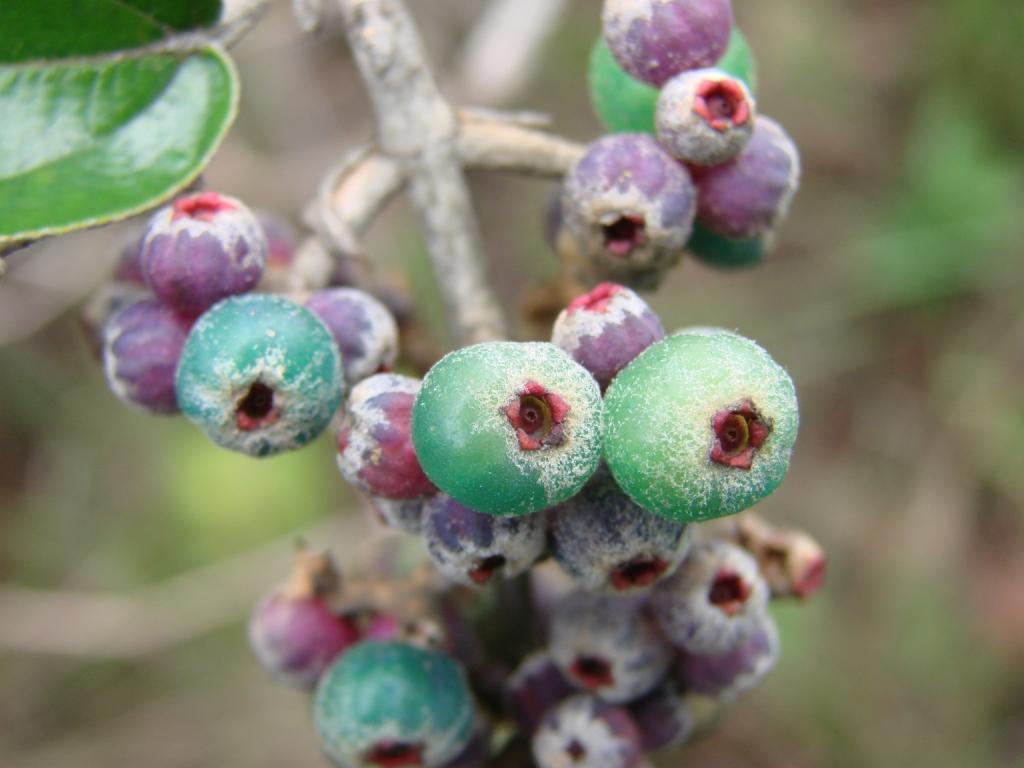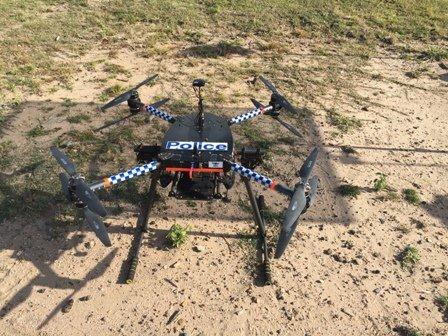
Autonomous helicopters could soon replace manned helicopters flights for botanical surveillance missions over Australian rainforests.
Two Project ResQu helicopters developed by CSIRO have just completed trial flights over rainforests at El Arish, near Cairns, flying up to 50 metres above the rainforest canopy to identify the distinctive purple weed Miconia calvescens.
Miconia is one of the worst rainforest weeds and can be carried in by animals or blown in from gardens or farms.
In trials of the $7 million project, which is led by the Australian Research Centre for Aerospace Automation, manned helicopters and robot helicopters flew over the same area of rainforest and scientists found that the robot helicopters did a better job.
The robo-choppers are programmed with algorithms so they can identify the shape and colour of weeds and then home in on them. The weed-hunting kit also relieves scientists of the drudgery of having to sit through hours of footage as it is automatically scanned for particular visual “signatures”, in this case the signature for Miconia.
CSIRO Biosecurity Flagship Science Director Dr Gary Fitt said the autonomous choppers covered the rainforest more comprehensively and were also able to see the weeds growing on the understory of the rainforest more easily, which was the real challenge when flying a manned helicopter.
The big advantages of the unmanned aircraft is that they are not only much safer and cheaper than their piloted counterparts, they can also get into otherwise inaccessible areas and far closer to targets.
“Using manned helicopters is expensive and dangerous in that terrain.” Dr Fitt said.
“That means these surveys get done once a year so the advantage (with robot helicopters) is that you can detect more Miconia than the manned helicopter can. It’s more sensitive and cost effective and safer.”
The robot helicopters, which are small enough to fit into the back of a truck, have in-built safety mechanisms so if a robot detects it is getting into difficulties it aborts its mission and flies home.
CSIRO is now looking for more funding to build on the project’s success. Research and development money could develop the robot helicopter’s onboard processing capability to become more analytical and also to recognise harder to spot, less distinctive weeds.
Unfortunately, the Miconia weeds still need to be destroyed by human beings.
However in less challenging areas like farms, there is strong interest in using UAVs as an alternative vehicle for the dangerous task of crop-dusting and potentially mustering livestock, even if the reality of such technology is still some years away.
Meanwhile, the CSIRO is homing in on the task at hand.
“With all the interest in developing or opening up Northern Australia we are dealing with a significant biosecurity risk. This can play a significant part in biosecurity where you have got these vast areas to cover and not many people with the expertise,” Dr Fitt said.
Comment below to have your say on this story.
If you have a news story or tip-off, get in touch at editorial@governmentnews.com.au.
Sign up to the Government News newsletter

